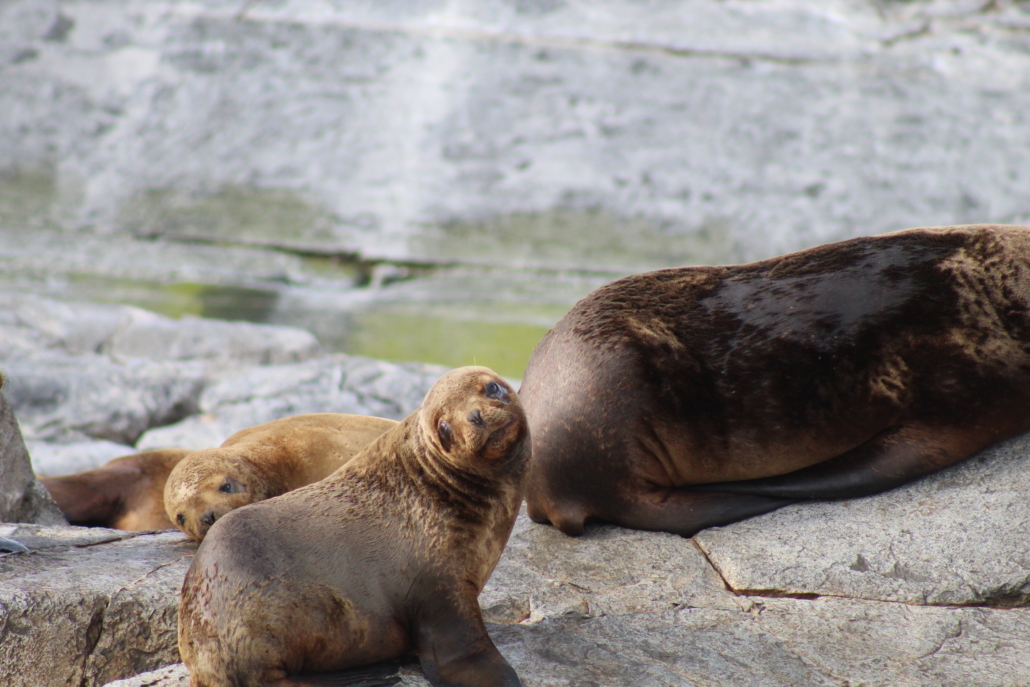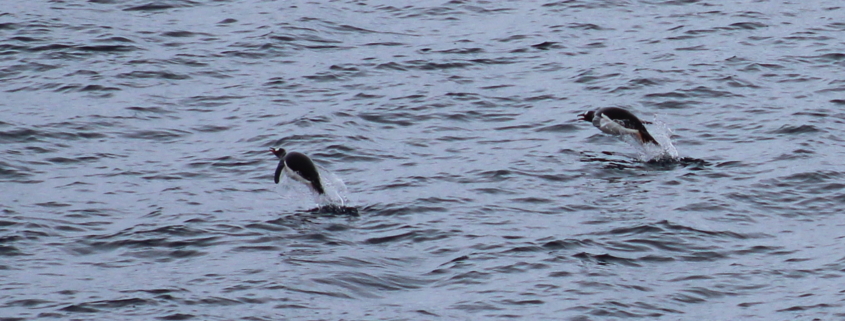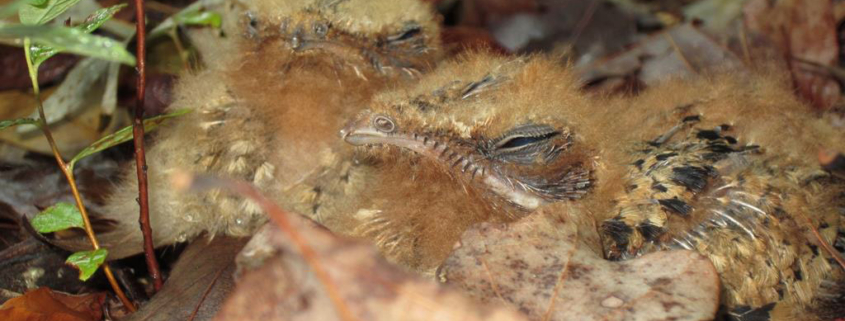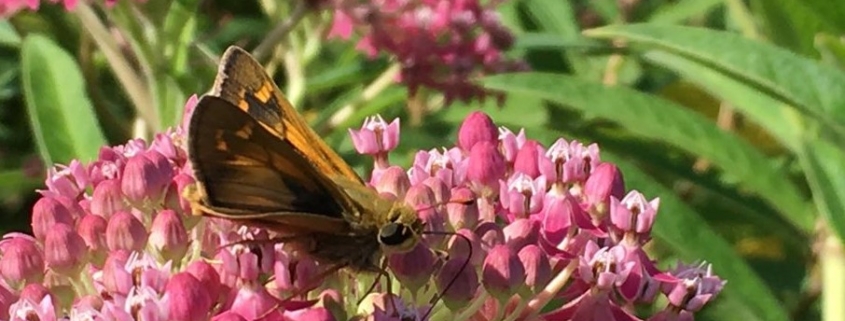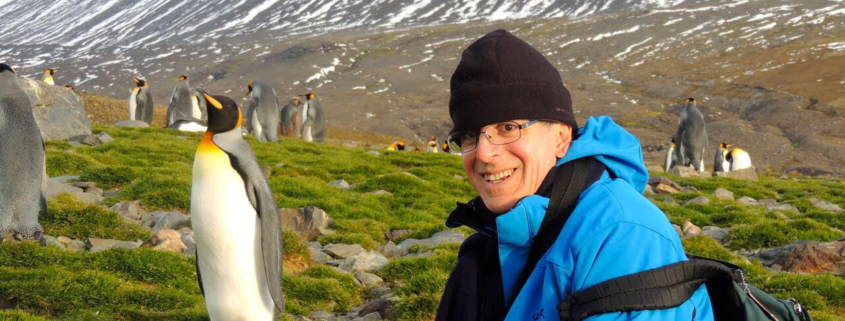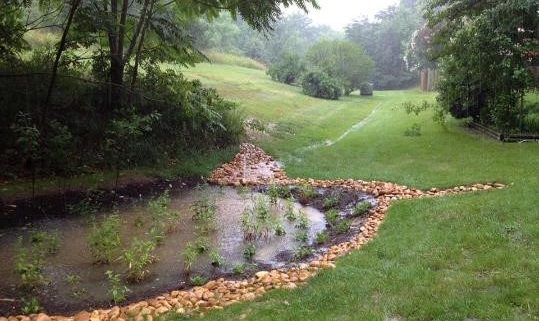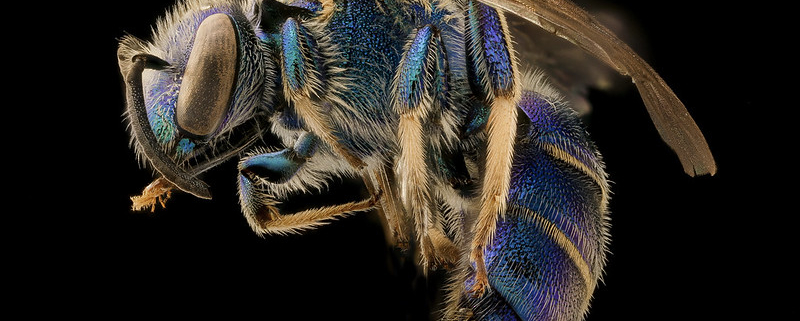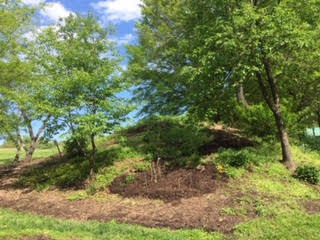Penguins and Seals and Whales, Oh My!
Shawn Dilles
A short time ago, in a world that seems far, far, away, my wife and I decided to visit the end of the Earth. We spent January on a large, now infamous cruise ship traveling from Santiago, Chile to Buenos Aires, Argentina by way of Patagonia, Tierra del Fuego, the Antarctic Peninsula, and the Falkland Islands. The natural beauty of the near-pristine landscape was monumental, made even more special by the volcanoes, glaciers, icebergs, and the most clear dark skies I have ever seen. The most wonderful part of the trip was getting (somewhat) up close and personal with the delightful wildlife of the region.
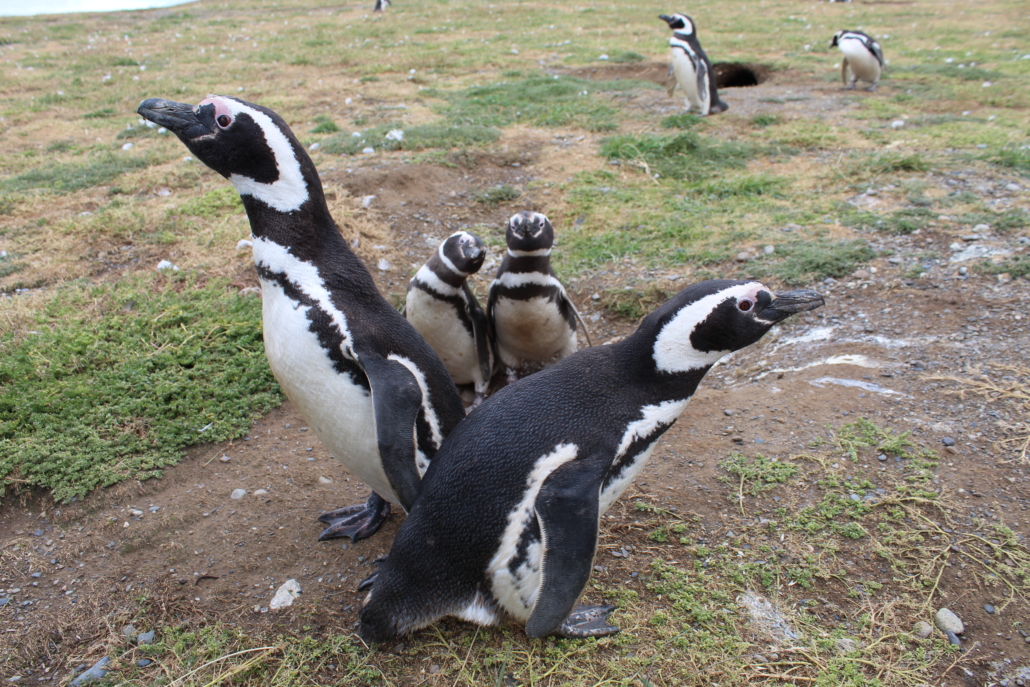
Penguins are, simply stated, a joy to watch. Maybe their shape makes them easy to anthropomorphize, and once you start thinking that they are small versions of people, their behavior is often hilarious. These highly evolved birds come in a variety of sizes and colors, with many of the species living side by side. They are amazing swimmers and seem to fly through the water, occasionally leaping through the air for a quick breath. The Straits of Magellan and the Darwin Channel in Tierra del Fuego, at the tip of South America, house large colonies of Magellanic and Gentoo penguins. In the Antarctic Peninsula there are even more colonies of Gentoo, Adélie, and Chinstrap penguins. Emperor’s – the largest penguin species – also live in Antarctica, but none were sighted on this trip. In the Falkland Islands we saw Rockhopper, Magellanic, Gentoo, and a King Penguin.
Although penguins are relatively easy – even for me – to identify, I cannot say the same for other birds. The variety of novel species was obvious, and for the average birder visiting the region would undoubtedly be a very memorable experience. We saw hawks, shags, and geese (along with many other species) in Patagonia and the Falkland Islands, and two types of Albatross and countless petrels and other types of seabirds in the Drake Passage en route to Antarctica.
South American Sea Lions are common on uninhabited small islands in the Beagle Channel – named after the H.M.S. Beagle, the hydrographic ship that carried Charles Darwin to explored the region in 1833. Both Chile and Argentina have set aside large areas of the tip of South America as national parks and reserves.
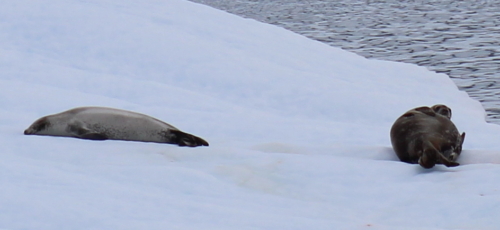
Weddell and Crabeater seals live all along the shore and waters of the Antarctic Peninsula and on the icebergs and ice rafts there. The seals feed on krill, crabs and fish. One way to tell what the seals are eating is to look at the color of their ice rafts. If krill is a large part of the diet then the digested remains of the meal will tint the ice a pink or red color.
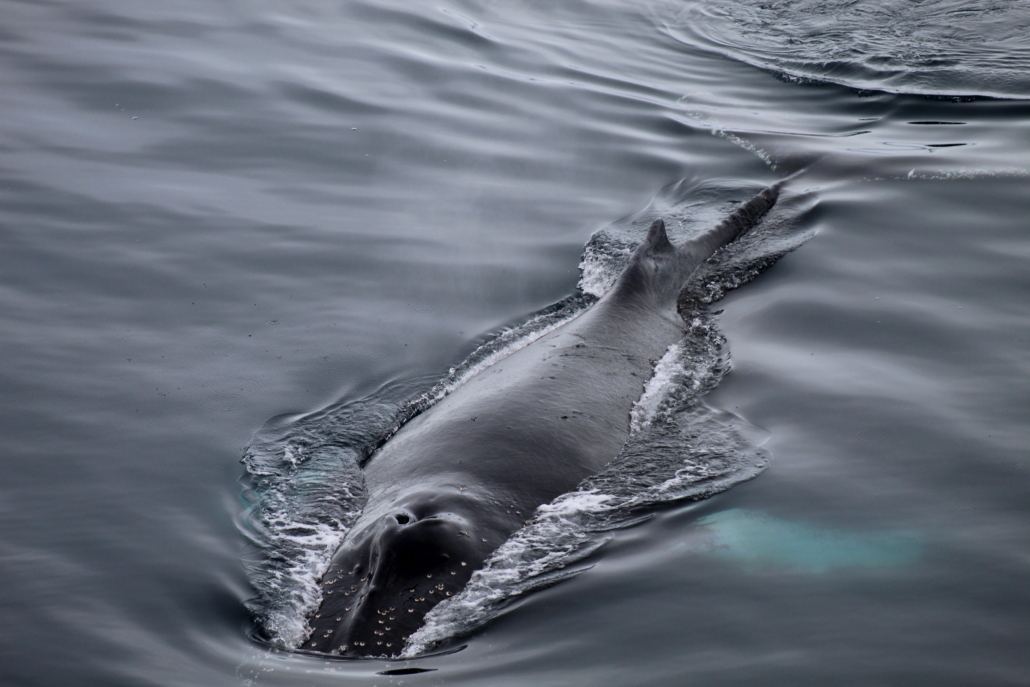
Sighting a whale for the first time is a thing of wonder. We logged hundreds of sightings of humpback whales, a handful of killer whales and also dolphins in eight days of cruising around the Antarctic Peninsula. The humpback whales travelled in family units of two to six. A common sight was a mother and calf lazily travelling along the surface and occasionally diving to feed. A common way of feeding for humpbacks is for a small group to spiral through the water releasing bubbles that isolate then concentrate their prey. This so-called bubble feeding creates a net of bubbles that allows the whales to eat more efficiently. It is fascinating to think that one whale may have developed this strategy and passed it along so that humpbacks (and some other marine mammals) now do this around the world.
Two months after our cruise, the ship became internationally notorious for a corona virus outbreak. Eventually, the ship was allowed to dock, and the passengers disembarked. While I may not be ready to take another cruise now, there are many destinations, such as the south Pacific and Arctic, where ships provide the most practical – or only – access. I definitely will not rule out one in the future.
Not ready to hop on a cruise ship any time soon? You can still see Antarctic penguins up close while contributing to citizen science as part of the Zooniverse Penguin Watch project at: https://www.zooniverse.org/projects/penguintom79/penguin-watch
Zooniverse has dozens of other nature-related citizen science projects, and I encourage you to check some out.
